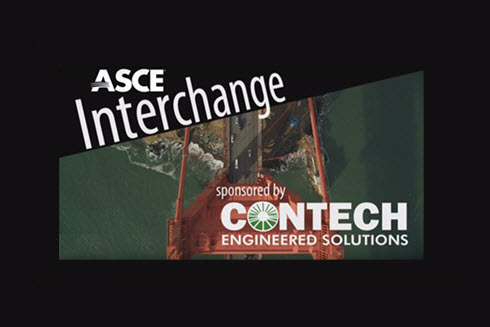In the high-risk industries of civil engineering and construction, workers are often exposed to serious hazards. According to OSHA, one in five worker deaths in 2018 were in construction. The leading causes are a result of the “Fatal Four” – falling, being struck by objects, electrocution, and caught-in-between hazards.
And while dangerous site conditions play a role in workers’ safety, so does human behavior. Distractions and mistakes can turn hazards into accidents. So how can you improve safety and the overall success of your projects?
In this episode of ASCE Interchange, John Gambatese, civil and construction engineering professor at Oregon State University, and co-chair of ASCE’s Construction Safety Committee, discusses how to optimize safety in construction and civil engineering.
Safety is a civil engineer’s number one priority. It’s their duty to protect the health, safety, and welfare of the public and themselves. That means safety must be emphasized from the beginning of the project. In the designing and planning phases, project leaders must consider all elements that can impact workers’ safety before they even step foot on the construction site.
“When I make decisions about the design or when I make decisions about planning that design, I need to think about the safety of the people who are going to build it or maintain it,” said Gambatese.
This could be as simple as creating safer structure designs, orienting equipment for easier access, and proper maintenance of equipment.
Gambatese believes that while having a safety plan is important, it is not enough. It’s crucial for workers to follow the plan throughout all phases of a project. In a profession built on teamwork and collaboration, everyone must do their part to maximize safety and minimize risk.
To view all Interchange episodes, visit ASCE’s YouTube channel.
ASCE Interchange is brought to you by Contech Engineered Solutions, a leading provider of site solutions for the civil engineering industry. Contech’s portfolio includes bridges, drainage, erosion control, retaining wall, sanitary, stormwater, and wastewater treatment products. For more info, visit www.ContechES.com or call 800-338-1122.



This is great information to the practice.
Indeed safety considerations should be at the conception stage, through planning, construction and maintenance. It is to be considered through the entire life of what civil engineers create.